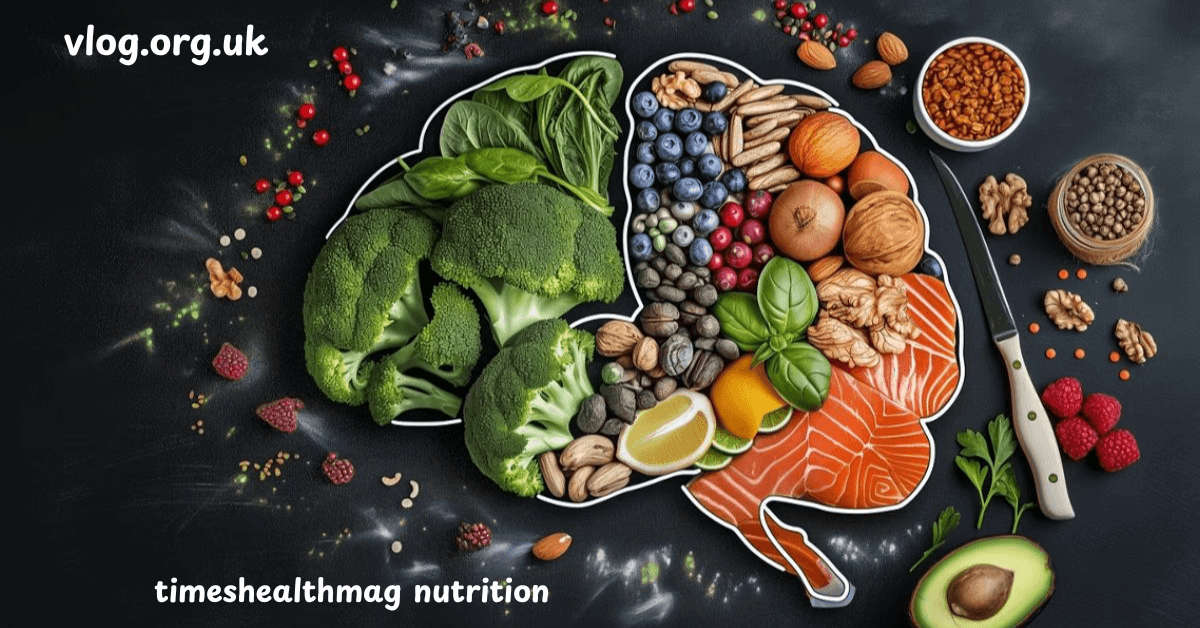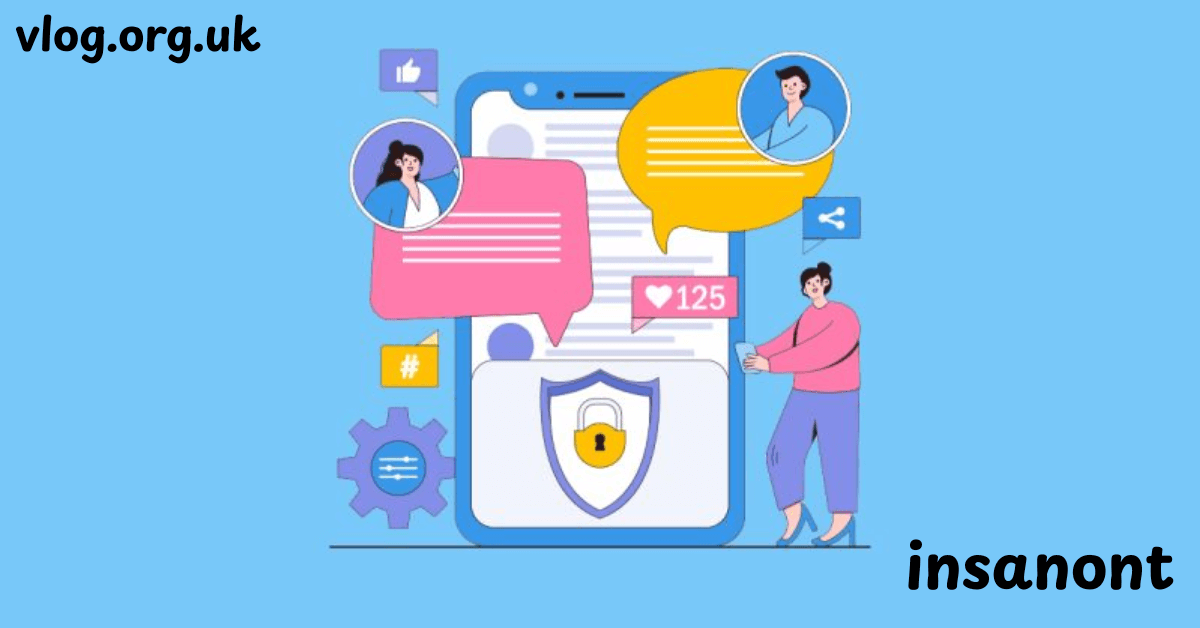
Introduction to Recuperbate
In our fast-paced, always-on society, the need for intentional rest has never been more urgent. Enter Recuperbate—a groundbreaking blend of “recuperate” and “rejuvenate” that redefines how we recover. Recuperbate goes beyond rest. It’s a science-backed, lifestyle-driven approach to healing the body, mind, and soul.
Recuperbate emphasizes strategic recovery through physical rest, mental clarity, emotional healing, and social balance. Unlike passive rest, it involves active participation in self-care. It’s not just about taking breaks; it’s about knowing how, when, and why to do it.
What Does Recuperbate Mean?
Recuperbate is the act of consciously engaging in practices that restore physical and mental well-being. It bridges traditional rest with proactive recovery methods that enhance performance and resilience.
This holistic recovery approach is rooted in wellness philosophy, integrating mindfulness practices, creative hobbies, physical care, and professional health guidance. Recuperbate invites you to reclaim your health through intention, discipline, and joy.
The Importance of Recuperbate in Healing
True healing isn’t just about waiting for time to pass—it requires intentional action. Recuperbate facilitates active healing, ensuring the body repairs faster and the mind regains balance.
This recovery process also helps prevent burnout, supports emotional resilience, and boosts long-term vitality. Whether you’re healing from injury, burnout, or daily stress, recuperbate provides the structure to come back stronger.
The Recovery Process’s Scientific Basis
During recovery, the body undergoes vital changes: muscle regeneration, memory consolidation, hormone regulation, and energy replenishment. Sleep and hydration are essential drivers in this process.
Neglecting rest impairs immunity, focus, and mood. Scientific studies back the effectiveness of recuperbate practices like sleep hygiene, stress relief, and mindful recovery in maintaining health and productivity.
Key Components of a Successful Recuperbate Routine
A strong recuperbate routine blends rest, nutrition, movement, mindfulness, and support. It’s about consistency—not perfection.
These components ensure your recovery efforts are complete, addressing both physical and emotional needs. A structured plan empowers you to feel in control, even during healing.
Rest and Sleep
Quality sleep is the cornerstone of recuperbate. During sleep, the body restores tissue, balances hormones, and clears toxins. Sleep hygiene tools like blackout curtains, white noise, and consistent schedules are game-changers.
Adults need 7-9 hours of sleep per night. Prioritize your sleep space, limit blue light exposure, and use mindfulness apps to ease into deep, uninterrupted rest.
Nutrition and Hydration
What you eat directly influences how well you heal. Protein helps with muscle repair, while healthy fats and carbs restore energy.
Stay hydrated to support circulation and nutrient absorption. Dietitians recommend nutrient-dense foods—leafy greens, lean meats, nuts, and whole grains—to fuel your recovery process.
Gentle Movement and Stretching
Rest doesn’t mean inactivity. Gentle movement like yoga, stretching, or walking improves blood flow and eases tension.
Low-impact exercises are essential to physical rest, helping prevent stiffness while supporting muscle regeneration. It’s all about balance—knowing when to move and when to pause.
Mindfulness and Mental Strategies
Mindful recovery is a secret weapon. Meditation, deep breathing exercises, and journaling reduce mental clutter, elevate mood, and increase self-awareness.
Mindfulness practices can restore mental clarity and focus. Use apps to guide your practice, track progress, and reinforce consistency.
Social Support and Connections
Healing is not a solo journey. Support groups, family, and friends provide emotional comfort and accountability.
Spending time with loved ones—or taking a break from social obligations when needed—builds emotional resilience. Recuperbate respects your social rhythm, offering space when necessary and connection when desired.
Professional Guidance
Sometimes, healing requires expert input. Physiotherapists, dietitians, and mental health specialists provide personalized advice tailored to your needs.
Their professional insight ensures your recovery plan is safe, effective, and comprehensive. Don’t hesitate to seek help—it’s a sign of strength, not weakness.
Challenges in the Recuperbate Process
Recovery isn’t always easy. Impatience, self-doubt, and social pressure can derail your progress.
Recognizing these challenges helps neutralize them. Stay grounded by focusing on your unique healing timeline, not someone else’s expectations.
Overcoming Impatience
Healing takes time. Impatience can lead to pushing too hard, too soon.
Celebrate small wins. Acknowledge progress. Self-compassion is essential for a successful recuperbate journey.
Motivation During Recovery
Motivation can fluctuate. Stay engaged by setting achievable goals and rewarding milestones.
Remember your why. Track improvements in mood, strength, and clarity to stay inspired.
External Pressures and Boundaries
People may expect you to bounce back quickly—but only you know your limits.
Setting boundaries protects your energy. Learn to say no and communicate your needs clearly.
Recuperation Types
There are four key types: physical, mental, emotional, and social.
Each requires different strategies. Mix and match according to your symptoms and lifestyle needs.
Indications That You Should Rest
Warning signs include fatigue, headaches, irritability, and mental fog. Don’t ignore them.
Listen to your body. It always speaks—recuperbate teaches you how to hear it.
How to Recharge Your Body with Physical Rest
Schedule downtime. Use tools like guided sleep meditations or warm baths to aid relaxation.
Prioritize daily naps or quiet breaks. Small moments of stillness build lasting vitality.
Techniques for Mental Recovery
Digital detoxes, reading, and creative hobbies stimulate your brain without overwhelming it.
Mental recovery boosts focus and reduces anxiety. It’s essential for productivity improvement.
The Importance of Emotional Recovery
Repressed emotions lead to stress, burnout, and even illness. Let yourself feel.
Talk to a friend, join a support group, or write your thoughts. Emotional healing strengthens your resilience.
Social Rest: The Value of Establishing Limits
Too much socializing can drain you. Social rest means pausing interactions when you feel depleted.
It’s not avoidance—it’s protection. Boundaries build emotional strength.
Establishing a Consistent Recovery Routine
Daily rituals like morning stretches or evening meditations reinforce recovery.
Even 10-minute breaks can reset your nervous system. Make it a non-negotiable part of your life.
Recuperation Nutrition
Food is medicine. Think berries for antioxidants, salmon for omega-3s, and avocados for healthy fats.
Eat intentionally. Recovery thrives on nutrient-dense meals and consistent hydration.
Get Moving and Recuperate
Don’t underestimate light activity. Movement releases endorphins and improves sleep quality.
Use movement as a form of healing—not punishment. Yoga and walking are gentle yet effective.
Mindful Recuperation Activities
Journaling, art, or playing an instrument can calm the mind and spark joy.
These creative outlets nurture emotional and mental recovery without feeling like work.
Technology’s Function in Rehabilitation
Apps can track sleep, monitor stress, and provide guided meditations. They make self-care easier.
Avoid blue light before bed. Use technology as a tool, not a distraction.
Typical Errors to Avoid While Recuperating
Don’t multitask during rest. Avoid screens and overstimulation.
Respect your rest. Protect it fiercely. It’s the foundation of everything else.
The Prolonged Advantages of Recuperbate
With consistent recuperbate practices, expect better mood, sharper focus, deeper sleep, and stronger immunity.
Long-term, it creates a balanced lifestyle full of vitality, purpose, and joy.
FAQs about Recuperbate
How often should I rest?
Incorporate daily short breaks and take longer weekly pauses. Listen to your body’s cues.
Can productivity be increased by recuperation?
Absolutely. Rest fuels focus, innovation, and long-term efficiency.
What is the mechanism of social rest?
Social rest involves withdrawing when social interactions become draining. It restores emotional balance.
Does physical rest alone suffice?
No. Combine physical, mental, and emotional recovery for a complete healing process.
What are burnout’s early symptoms?
Watch for chronic fatigue, mood swings, decreased performance, and loss of motivation.
Like Read:- Shaun Sampson ICExII






